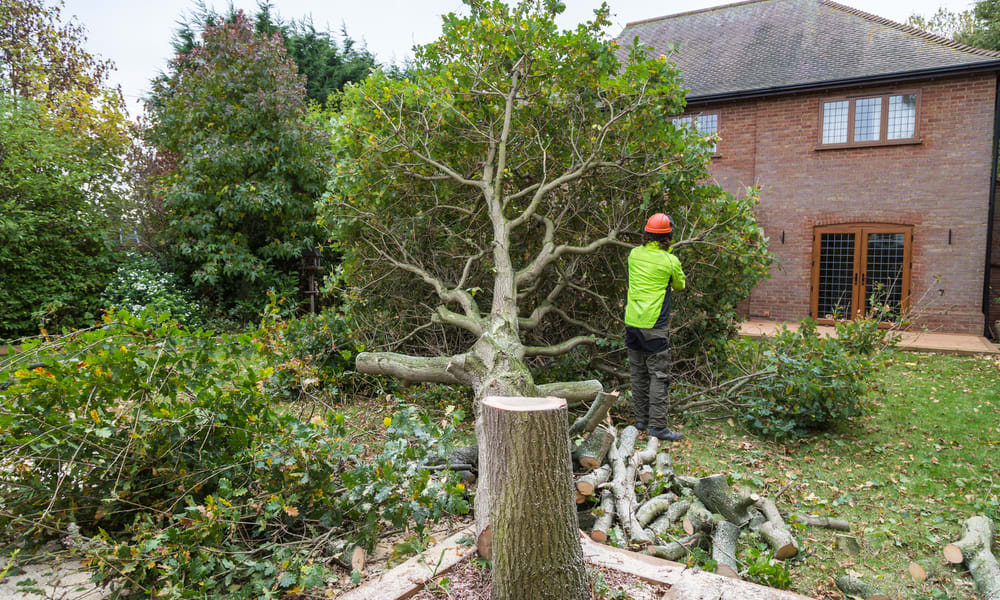Tool Care and Safe Storage Practices for Long-Term Use
Proper care and secure storage extend the life of garden and home tools while keeping your workspace safe. This short overview highlights practical habits—cleaning, sharpening, drying, and arranging tools—to protect blades, prevent rust, and reduce accidents. Consistent routines support sustainability and reliable performance across landscaping and indoor plant care.

Proper maintenance and safe storage of tools protect your investment and improve safety for everyone who uses them. Regular cleaning removes soil, compost residues, and plant sap that encourage rust and blunt edges. Drying tools thoroughly before storage prevents corrosion, while oiling metal parts and sharpening blades maintain performance for pruning, planting, and hardscaping projects. Good organization reduces trip hazards and makes it easier to locate equipment for irrigation, mulching, or pestcontrol tasks. Establish a seasonal routine—inspect tools after heavy use, replace worn handles, and rotate items in storage—to support longevity and sustainability across horticulture and permaculture practices.
Landscaping: How to care for outdoor tools?
Outdoor tools face dirt, moisture, and impact. After landscaping tasks, knock loose soil off shovels, rakes, and hoes with a stiff brush, then rinse if necessary and dry thoroughly. Sand any wooden handles lightly and apply linseed oil or a similar protectant to prevent cracking. For metal heads, remove rust with a wire brush or fine-grit sandpaper and apply a thin coat of light machine oil to inhibit future corrosion. Store long-handled tools off the ground—hang them on racks or place them in buckets of upright supports—to avoid moisture transfer and reduce pestcontrol issues like nests forming in storage areas.
Horticulture: What maintenance preserves longevity?
Horticulture tools such as trowels, dibbers, and hand forks benefit from routine disinfection and sharpening. After use in soil or composting beds, scrub away organic matter and dry tools completely to protect soilhealth and prevent cross-contamination between areas. Disinfect with a diluted bleach solution or alcohol when moving between plants to reduce spread of disease. Periodic blade sharpening improves efficiency for planting and reduces strain on wrists. Replace or epoxy cracked handles promptly; a broken handle increases injury risk during pruning or planting tasks and shortens the effective life of the tool.
Irrigation & Soilhealth: Protecting water-related gear
Irrigation components—hoses, nozzles, timers, and pumps—require winterizing and frost protection where temperatures drop. Drain hoses and store them coiled in a dry place or on a reel to prevent kinks and freezing damage. Rinse filters and strainers to maintain flow and avoid clogging from composting or soil sediments. Pumps should be inspected for leaks, lubricated according to manufacturer guidance, and stored indoors if possible. Maintaining irrigation gear supports soilhealth by ensuring even water distribution and prevents the growth of algae or bacterial buildup in containers and drip systems.
Pruning & Mulching: Blade care and storage
Pruning shears, loppers, and saws need sharp, clean blades to make precise cuts that heal quickly. Wipe sap and plant residue from blades after each use, and periodically sharpen with a fine file or sharpening stone to maintain clean cuts for pruning. Oil pivot points and cutting surfaces to prevent rust and keep mechanisms operating smoothly. For mulching tasks, check mulching blades or chipper parts for nicks and wear; replace or repair damaged components promptly. Store sharp tools in sheaths or on magnetic strips to protect edges and reduce accidental cuts while handling other materials.
Composting, Planting & Containers: Clean and pest-free
Tools used in composting and container planting can harbor pests and pathogens. Clean shovels, scoops, and pots between uses, and consider dedicated tools for compost versus ornamental beds to limit biocontrol complications. Storing cleaned tools in sealed containers or cabinets helps keep indoorplants and container gardens healthy by reducing pestcontrol issues such as fungus gnats or scale. Label containers and toolboxes to keep specialized items organized. For heavy-duty composting gear, inspect moving parts and bearings regularly and lubricate as recommended to prevent premature failure.
Sustainability & Pestcontrol: Long-term tool strategies
Sustainable tool care emphasizes repair, reuse, and sensible replacement rather than frequent disposal. Choose durable materials and support local repair services in your area for handle replacement, sharpening, or mechanical repairs for lawn and garden equipment. Incorporate permaculture principles by designing storage and workspaces that minimize waste—collect rainwater for rinsing tools, use natural oils for wood treatment, and keep biocontrol-friendly storage that discourages rodents without poisons. Regular inventory checks reduce duplicate purchases and ensure tools remain safe, reliable, and available when managing hardscaping, planting, or indoorplants care.
Conclusion A consistent maintenance schedule—cleaning, drying, sharpening, lubricating, and organizing—combined with weather-appropriate storage preserves tool performance and reduces hazards. Integrating these practices into landscaping, horticulture, composting, and irrigation routines supports soilhealth, sustainability, and effective pestcontrol while extending the usable life of both hand tools and mechanical equipment.





